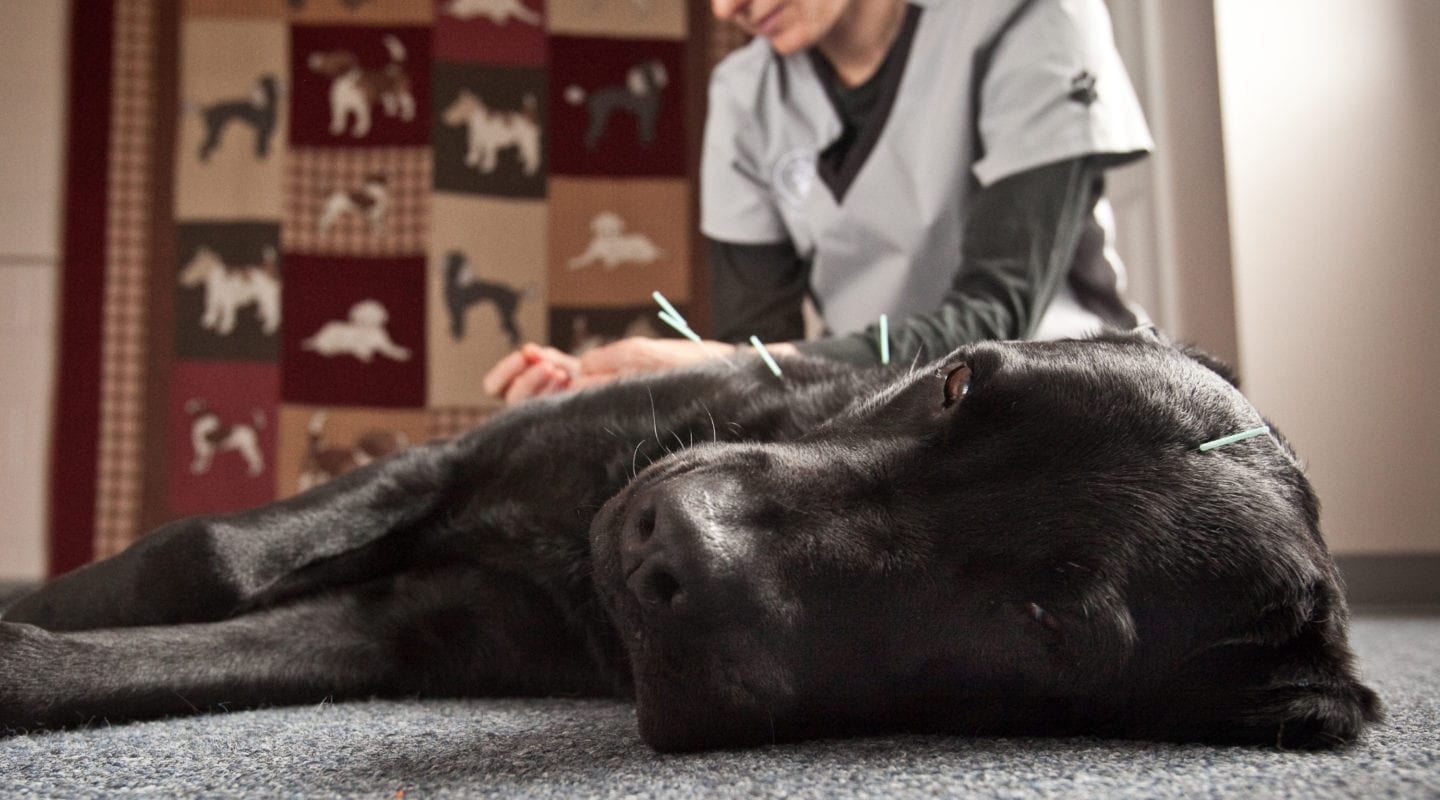A Certified Canine Rehabilitation Therapist/Practitioner (CCRT/CCRP) starts by reviewing your dog’s history and then performs a general, neurological, and chiropractic exam and checks all muscles and joints. The practitioner also evaluates range of motion, gait, weight-bearing, and muscle girth.
Following the initial evaluation, your CRCG therapist works with you to create a recommended, custom, and comprehensive treatment plan. The treatment plan is based on a combination of vet referral, the recommended treatments, your goals for rehabilitation, your input, and other considerations.
Note: Certified Canine Rehabilitation Therapists/Practitioners (CCRTs/CCRPs) are veterinarians or physical therapists who evaluate and treat dogs with health problems resulting from injury, disease, aging, or obesity. Rehabilitation therapists/practitioners also provide support in conditioning for sport and show dogs. Canine rehabilitation is an adjunct to veterinary medicine.
For post-operative or conditions of injury, a referral from your veterinarian, or for post-operative conditions the vet who performed the surgery, may be required. We will contact your veterinarian to get all the information needed for your first appointment.

